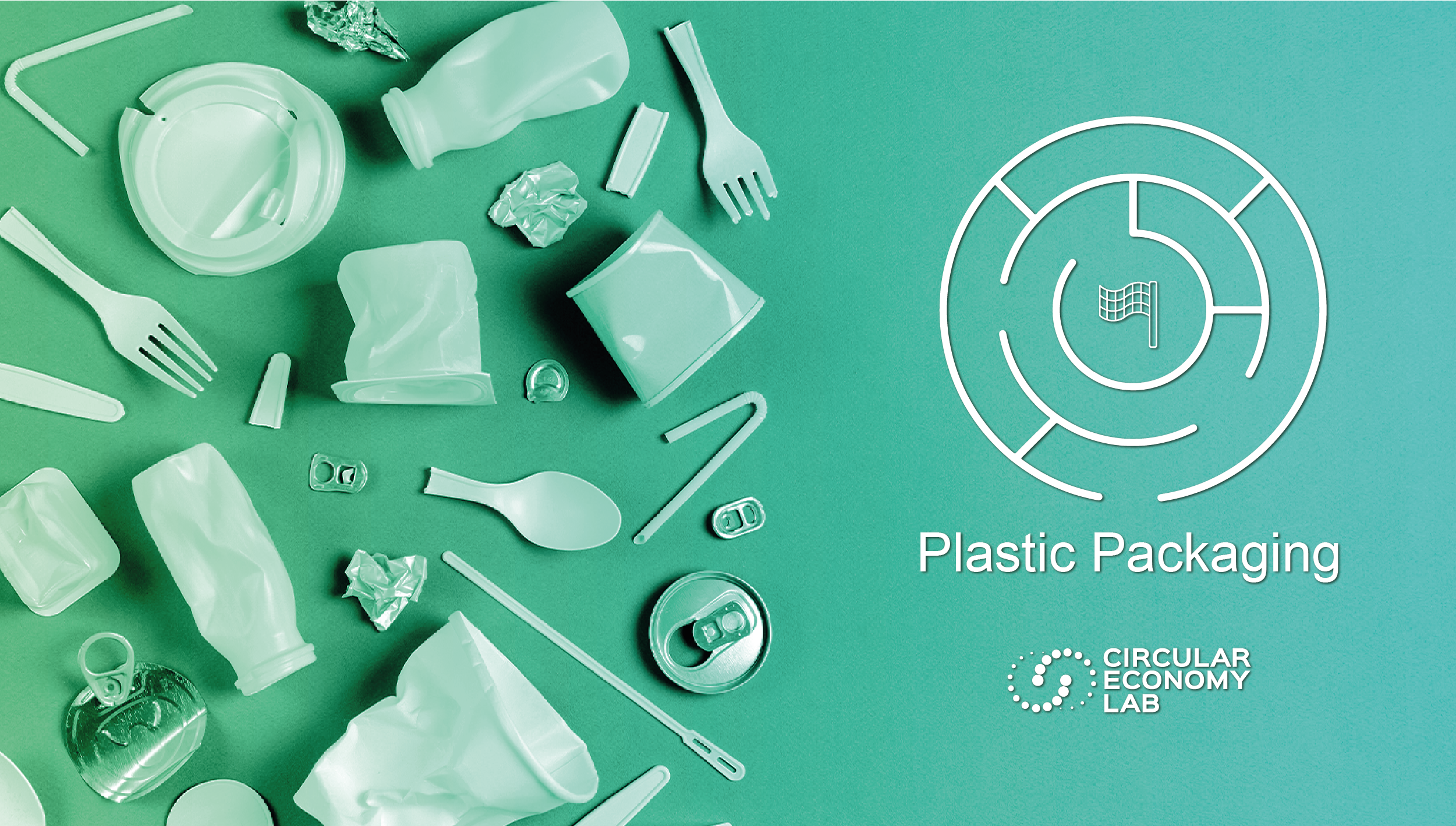
Which challenges for the circularity of the plastic packaging sector
The circular economy model consists in designing out waste and pollution from products and services, in keeping materials in use through multiple cycles, in regenerating the natural capital extracted from the planet. At present, the plastic packaging sector is instead based on a mainly linear model of production and consumption (e.g. disposable products) and it needs a circular transformation to generate positive externalities on the environment and society, while maintaining the competitiveness of the sector.
The challenges to be overcome to achieve the circularity of the system are widespread throughout the supply chain and require collaboration and dialogue between the parties, which can be managed through an open innovation approach.
Starting with the supply of raw materials, the main challenge is to cope with wide accessibility and distribution at a low price of virgin raw materials of fossil origin and with the remarkable functional characteristics and in finding an alternative to the variety of plastic products obtainable through consolidated industrial processes. This status quo slows the development of more sustainable raw materials, which are bio-based, renewable and / or recovered from previous life cycles.
The implementation of reuse models is instead hampered by the absence of enabling systems applied to the sector (eg reverse logistics) and by the lack of solid successful business models and therefore generate a high perception of risk; in addition, the need for end users to have a different approach to consumption and concerns about the hygiene and safety of reused products are not negligible limits.
On the other hand, the scalability of end-of-life recovery models is hampered by contaminated and varied waste streams, limited funding for waste collection, high costs of separating plastics, the low maturity of potentially scalable technologies (e.g. chemical recycling) and a fragmented and changeable secondary raw materials trading market.
Further blocking aspects concern the delays associated with end-of-waste regulations, the lowpromotion of incentives aimed at accelerating the introduction of secondary, recycled and renewable raw materials in the product design phase, the partial consideration of negative externalities generated in the production phase, the fact that sustainability is an important but not a priority aspect in consumer choices.
Today, progress is being made on all these fronts, thanks to the thrust of the regulations defined above all by the European Union and through the collaboration between the academic world, businesses and institutions. Will it be enough to ensure the circularity of the system?
Sources:
- The new plastic Economy, rethinking the future of plastics (WEF)
- Circular economy Action Agenda Plastics (PACE)
- Breaking the plastic wave (EMF, Systemiq)